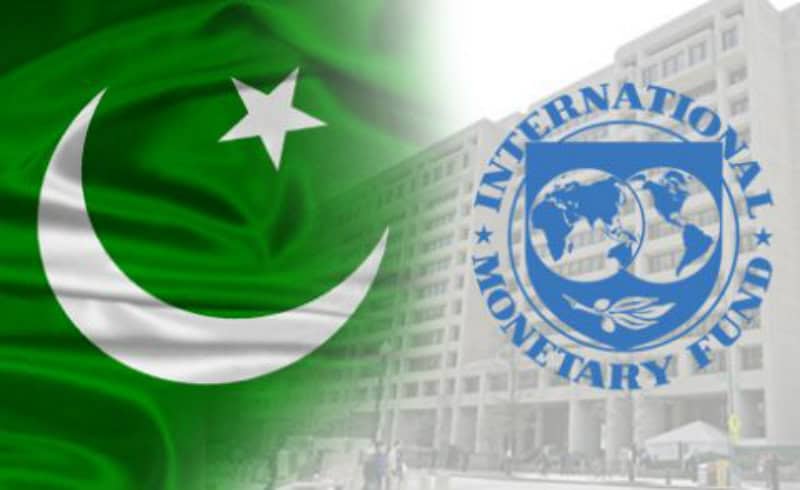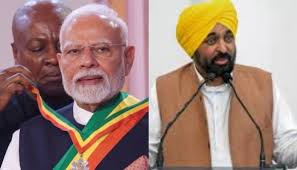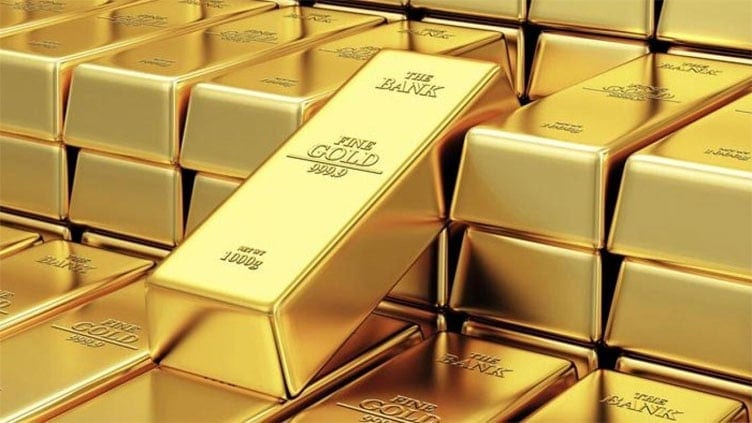The Pak Rupee (PKR) devalued by 7.54% against the dollar in interbank trading in a single day on Tuesday. This downside came on the government’s announcement of going for the Emergency Funding Facility of the International Monetary Fund (IMF) again.
Was this inevitable? Is there more downside to the rupee under the current circumstances? Will this help stabilize our economy?
Pakistan’s economic cycle has been brought to a point where the chickens are coming home to roost. The economy of the country was never able to follow a consistent path due to successive government’s continuous geo-political haggling over the last many decades.
Short-term myopic interests have often overtaken long-term benefits that may accrue through a more broad-based vision. The main reason behind this is the regular political turmoil, and balance of power, among other things.
Pakistan has always, for short-term monetary benefits have worked on helping its allies fulfil their interest in the region. This has always caused us to take popular economic decisions, misrepresent and misstate statistics, and make it seem beneficial and fill the vacuum created by the corruption and other fiscal challenges through loans, and grants, regardless of the source of such financial flows.
The competing narratives regarding why the economy is in shambles today are poles apart. Some blame the previous government for their debt-fueled economic growth strategy which is best explained by their obsessions with managing value of PKR-USD parity in the range of 105 for almost 3 years, as a purely populist ploy, devoid of any sound economic rationale. The same was done through a Managed Float regime, which entailed borrowing in USD to ensure availability of supply of USD, in order to maintain parity. Such a populist decision has led to disastrous consequences, as an adjustment which could have been done gradually over the years, needs to be done within a few months – much to the dismay of all economic segments.
The other narrative on the current situation is the bad governance or lack of understanding of the incumbent government on how to deal with such matters. In a business-as-usual environment, economic activity and the feel-good factor can often somewhat cancel out the detrimental impact of unfavourable economic indicators. But we aren’t in business-as-usual anymore.
The whole world is changing and with access to media and internet, being available to almost every household has resulted in decision making to be more populist in nature, rather than being grounded in economic reality.
Nassim Nicholas Taleb, the financial engineer turned philosopher opines in his book, “Skin in the game”, that current leaders mainly don’t have any investment in the future, yet are taking decisions which are affecting billions, and the generations to come.
Moving back to the current political and economic situation of Pakistan, the IMF program is seen to be a disciplinary action for the economy of Pakistan. The governments under the IMF program have made hard decisions to cater to the macro picture.
Tuesday’s fall of the rupee was inevitable if we look at Pakistan in the bigger picture. A country solely dependent on the imports while feeling comfortable with it, is a major reason why such an action was inevitable. If the previous government had left the rupee to find its own value, we probably would have been in the same region of 135 Rs against the dollar but the only difference would have been to the sentiment as the gradual decline would have given time to the economy to adjust to the changing environment. Such a sudden drastic action came to the masses as a shock. For this the incumbent government wants to put all the blame on the previous government, but I refuse to toe that line of thought
The world knew the economic situation of Pakistan after our CAD went up to its current levels. The question arises how the government could have handled this situation better and kept the sentiment at bay. IMF decision came after 2 months of the new government, before which the government kept betting on chances of getting some dollar placement in the Central Bank Foreign Exchange Reserves through their closest allies, mainly China & Saudi Arabia.
Before this, the government sold another story where Prime Minister Imran Khan requested the overseas community to donate for the dam fund thinking that enough money can be raised to build the dam and the remittances can bring enough dollars to cater to the falling forex reserves. Both of these ideas blew up in the government’s face, resulting in a confidence crisis.
Eventually, the incumbent government had to succumb to the pressure of the local business, and international communities to go for the IMF program. If the same had been announced before all other alternatives were sold to the public, the economic indicators wouldn’t have changed but the public would have supported the govt. and hence would have kept the sentiment intact.
This goes without saying that economics assumes a snowball effect based on the sentiment that is created. Good sentiment can pull a country out of perils just by the circulation of money in the economy when governed properly. This is an important point, as currently sentiment that is being created and is further strengthened by bad governance is a downright recipe for disaster.
Where are we going from here?
Pakistan is like a drug addict who wants that rush to flow through his veins, regardless of the cost, or the consequences. This example was quoted by one of the Senators in the assembly when he compared the current government to a drug addict. The common factor is selling assets to raise money or go begging for loans.
Pakistan is a service based spending economy with savings mainly going into the real estate sector. Our love for spending allows us to beg, borrow or steal to keep the economy going. We are light years away from holding on to our urges to curtail these expenditures.
Hence the government has raised its policy rate from 5.75% at the start of this calendar year to 8.5% as of now. This was done to discourage spending. The problem with our spending is that we import almost everything. Even what is being manufactured locally has to be supported by the import industry. A prime example can be taken from our agriculture industry. To improve our agricultural yield we import fertilizer and other chemicals. If we decide to produce them locally, then we import their raw materials.
The rising interest rates will eventually curtail the aggregate demand of the country leading up to an economic slowdown. This will buy Pakistan time to make the necessary structural changes to cater itself in a way to play the next economic cycle in a better condition while paying off their previous debts and go back to the rising GDP growth scenario.
In 2018, where the global economy is interdependent on the performance of your trading partner, the question whether Pakistan will be able to implement the consumer-driven growth model backed by local production is still to be seen.
But with the rest of the global economic evolution taking its toll on the global economy, Pakistan is bound to go through a tough couple of years at least before any betterment can come in sight.














